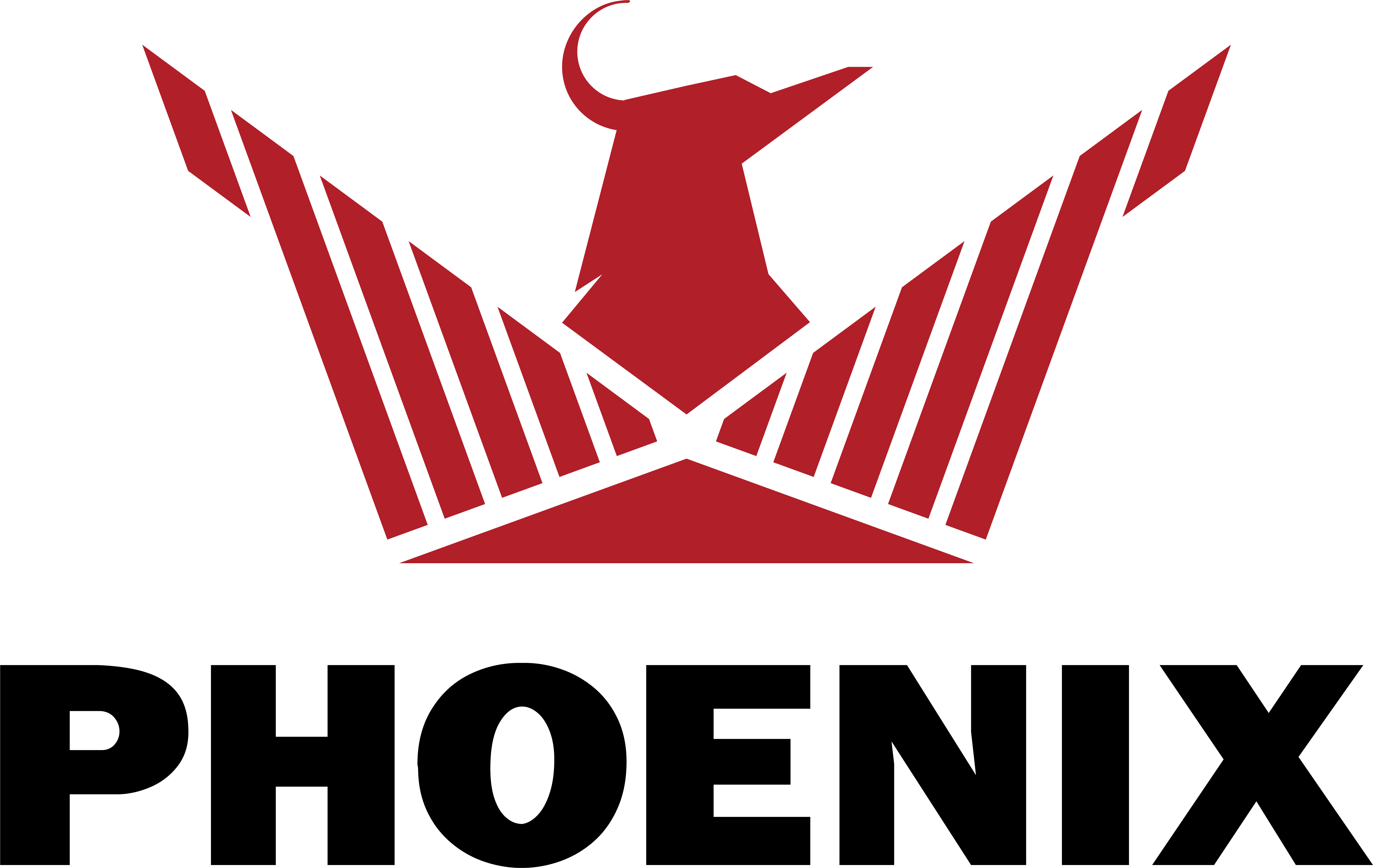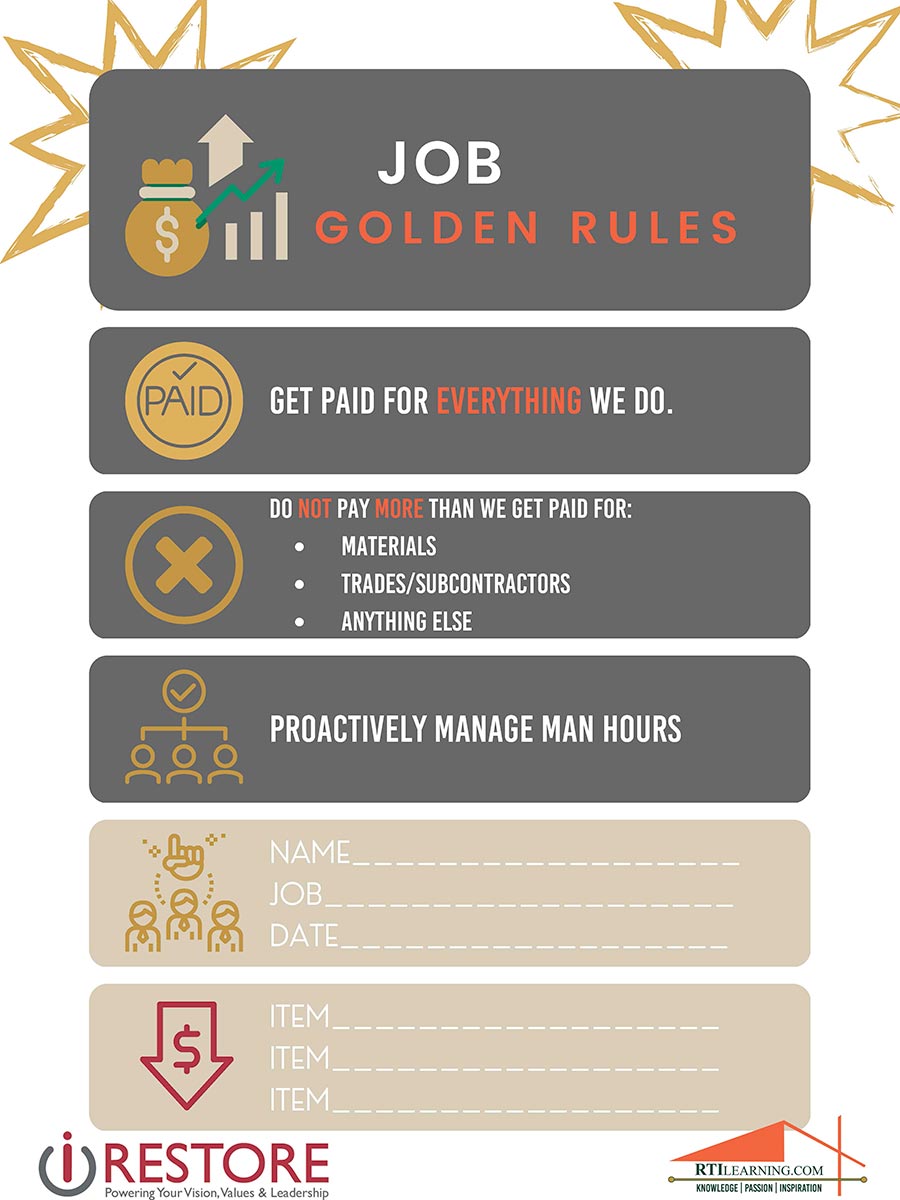June 26, 2023
Phoenix Restoration Equipment, a top provider of water damage restoration equipment, has announced an integration with iRestore.
Phoenix has integrated DryLINK into iRestore to save contractors’ time. Users of iRestore can have their job information automatically imported into DryLINK and have the drying report automatically available in iRestore.
iRestore users now have easy access to the Power of DryLINK including jobsite data collection and remote monitoring. “We continue to partner with as many software platforms as we can to make life easier for restorers. We have heard over and over that restorers want our industry to simplify all the different systems on the market. This is another example of our efforts to do this for the industry” said Erin Hynum, Senior Director of Product Management for Phoenix.
“With this integration, it makes it even easier for restorers to send the documentation from DryLINK via iRestore to their customers and their insurance companies closing the loop on the proof you can provide to get paid faster” said Jack Lavender, Business Development Manager for iRestore.
This integration is an extension of our commitment to restorers to streamline and build the ideal automated workflows for their company and teams.
About iRestore
iRestore is a provider of comprehensive restoration management software designed to empower restorers with the tools they need to streamline operations and achieve success. Built by restorers for restorers, our user-friendly platform offers a wide range of core functions, including Job Management, CRM, HR, Timecards, Scheduling, and more. With a firm commitment to customer success, iRestore strives to deliver robust systems and exceptional support to restoration businesses worldwide. To learn more about iRestore, visit https:// irestore.io/.
iRestore is a CRM and job management software program developed by a former restoration professional and computer programmer for restoration industry professionals.
About DryLINK
DryLINK is the only completely automated jobsite data collection tool with remote monitoring capabilities, live drying reports, and asset management for the water mitigation market. The drying report can be shared with stakeholders for up-to-date jobsite information.
About Phoenix Restoration Equipment
Phoenix is a leading supplier of innovative equipment and technology solutions for water mitigation professionals. Phoenix launched the first LGR dehumidifier, the Phoenix 200, in 1994 and continues to lead the restoration industry forward with innovations like DryLINK. Phoenix is a brand of Therma-Stor LLC, a company dedicated to innovation in the indoor air quality and water damage restoration industries. To learn more about Phoenix Restoration Equipment, visit www.usephoenix.com.


 Whether you own a restoration business or work in the restoration industry, you will know the importance of creating a schedule. A schedule can give a manager direction, adheres to requirements, and set expectations. Any seasoned restoration manager will understand their actual value and use it to their advantage. It’s essential to build an efficient and realistic one that will support, and not hinder, your project goals.
Whether you own a restoration business or work in the restoration industry, you will know the importance of creating a schedule. A schedule can give a manager direction, adheres to requirements, and set expectations. Any seasoned restoration manager will understand their actual value and use it to their advantage. It’s essential to build an efficient and realistic one that will support, and not hinder, your project goals. Restoring Success
Restoring Success



 Restoration industry software brings numerous perks to your table. These advantages save you a lot of time, automate your business, save capital and provide flawless service. Please read on to learn more!
Restoration industry software brings numerous perks to your table. These advantages save you a lot of time, automate your business, save capital and provide flawless service. Please read on to learn more!
 According to a recent study, 80% of business leaders use
According to a recent study, 80% of business leaders use 






